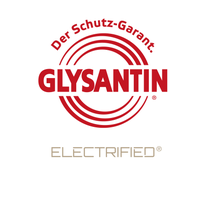With its low conductivity GLYSANTIN® G22® ELECTRIFIED® maintains low and stable currents when exposed to a voltage source. This translates into low fluid decomposition, low generation of hydrogen, and low self-discharge, making it a safety optimized product for battery electric vehicles.
Enabling a cool future electromobility
Many current GLYSANTIN® coolant products are already used to ensure the coolness of electric vehicles in the market and - even more importantly - on the road. Yet, with ongoing developments and evolvement of electric vehicles of the future, the requirements towards a high-performance cooling solution are also shifting.
Innovating for new paths, while being ready for future mobility, BASF is therefore developing a product family, labeled GLYSANTIN® ELECTRIFIED®, for electric vehicle (EV) applications to meet and exceed all essential requirements in safety, performance and lifetime of the associated powertrain technologies.


























